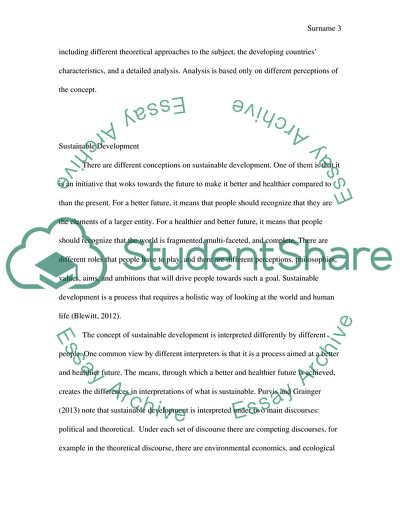Cite this document
(“The Concept of Sustainable Development in Two Developing Countries - Research Paper”, n.d.)
The Concept of Sustainable Development in Two Developing Countries - Research Paper. Retrieved from https://studentshare.org/social-science/1808854-critically-evaluating-the-concept-of-sustainable-development-in-two-developing-countries
The Concept of Sustainable Development in Two Developing Countries - Research Paper. Retrieved from https://studentshare.org/social-science/1808854-critically-evaluating-the-concept-of-sustainable-development-in-two-developing-countries
(The Concept of Sustainable Development in Two Developing Countries - Research Paper)
The Concept of Sustainable Development in Two Developing Countries - Research Paper. https://studentshare.org/social-science/1808854-critically-evaluating-the-concept-of-sustainable-development-in-two-developing-countries.
The Concept of Sustainable Development in Two Developing Countries - Research Paper. https://studentshare.org/social-science/1808854-critically-evaluating-the-concept-of-sustainable-development-in-two-developing-countries.
“The Concept of Sustainable Development in Two Developing Countries - Research Paper”, n.d. https://studentshare.org/social-science/1808854-critically-evaluating-the-concept-of-sustainable-development-in-two-developing-countries.


